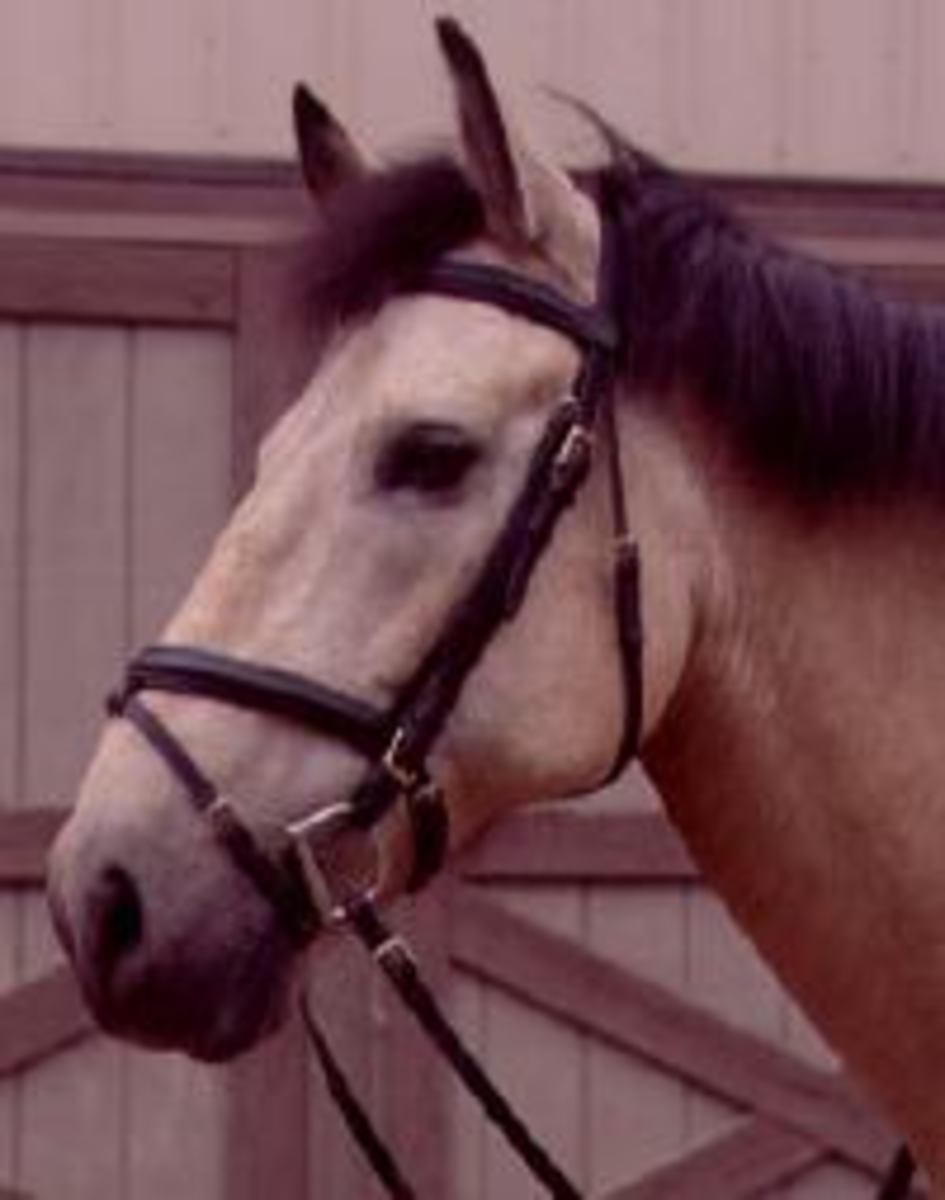Question: I want to be properly turned out when I go to a show and always present my horse clean and braided, but I am confused about the requirements and protocol for shaving my horse. I do not want to shave my horse’s whiskers because he uses them to “feel” with while eating. Also, they take a very long time to grow back. What about the hair under his chin, in his ears and on the backs of his legs? I’ve never had a judge mention a thing about hair on my horse but I get a lot of peer pressure regarding my show grooming so I’d really appreciate your advice.

Answer: I have been exposed to all methods of grooming at shows across the United States and Europe. I believe there are no right or wrong techniques or true requirements for the way one chooses to turn out a horse for a show. Obviously, you want your horse to look his or her best. You want to show off your horse’s talent and his or her beauty as well. There are several grooming methods I have used and highly recommended.
Proper clipping preparation for a show is a little controversial. There is plenty of discussion about whether or not to clip a horse’s whiskers. In the end, I believe it is a decision each individual rider must make. When I worked with Sue Blinks, she never clipped any of her horse’s whiskers — not even her top Grand Prix horses — because she believes the whiskers are important “feelers.” I too, believe strongly in this, especially for the show horses who are fortunate enough to be turned out in a paddock.
Try to ignore any peer pressure about grooming. Do not concern yourself with what other people are saying. Just stick to your own method. You will not receive lower points because your horse has whiskers. I am sure your horse is thanking you. In the long run, it all comes down to the performance of the horse and the rider, not whether or not the horse has whiskers.
I do believe in clipping the hair, part of the horse’s coat, that grows under a horse’s chin, but not too closely. Clip in the direction the hair grows. This way, you eliminate all of the longer “goat” hairs. I also clip inside the ears, again in the direction the hair grows. Just be aware that your horse now has no hair inside his ears to protect him from pesky bugs — remember to bring some roll-on bug repellant. I also clip the hair on the lower legs, usually only to the knee and no further for all horses. I do this not only for neatness but to keep the horse’s legs clean and less likely to develop any kind of skin irritations caused by the combination of dirt and boots (or polo wraps).
I feel confident that you will make the right decisions about what kind of clipping is best for your horse. You are clearly careful about your horse’s well-being and that is always most important.
Christy Baxter is assistant director of dressage for the United States Equestrian Team (USET). She served as show groom and road/barn manager for Sue Blinks and Flim Flam for three years, which included working at the 2000 Olympic Games in Sydney, Australia. She is a graduate of Virginia Intermont College’s Equine Science Program and lives in Gladstone, N.J.
This article originally appeared in the November 2001 issue of Dressage Today magazine.











